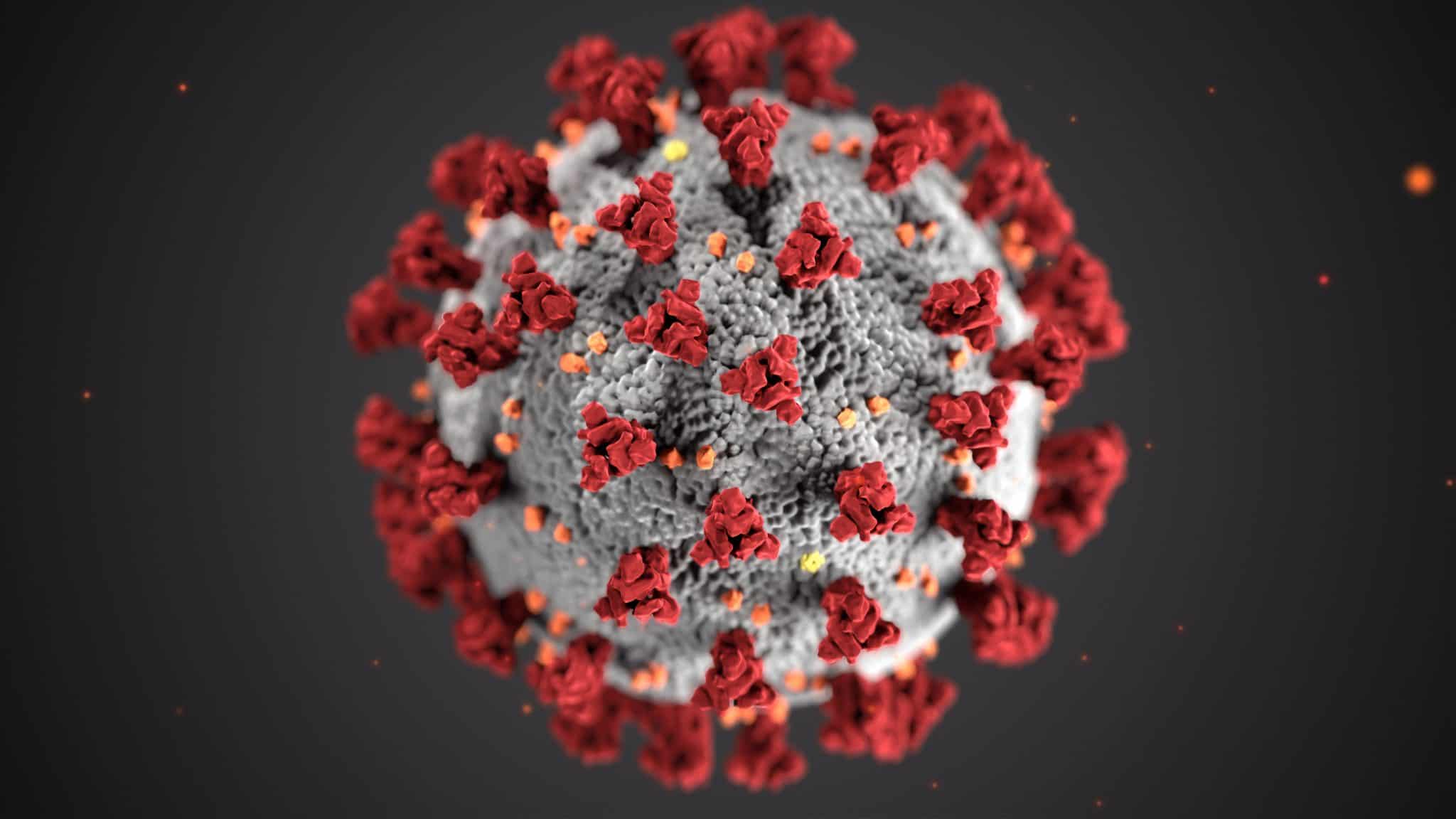Chances are you’ve probably already gotten a coronavirus, according to WebMd coronaviruses are the cause of about 20% of all colds. But don’t worry, those viruses are much less malignant and an entirely different strain than the recent coronavirus that’s been all over the news. Corona means a crown in latin, these viruses were given this name because of their spiked crown-like exteriors Coronaviruses are a family of hundreds of viruses that can cause high fevers and respiratory problems. The 2019 novel coronavirus (a.k.a. COVID-19) is one of seven members of this family known to infect humans. Ever since the first few cases popped up in Wuhan, China in December, this new coronavirus has caused a global health emergency. As of March 19 4:30 PM/EST there have been 237,996 corona virus cases world-wide and 11,249 cases in the United States with 157 reported deaths in the US.
 Other Corona Virus Strains
Other Corona Virus Strains
The 2019 novel coronavirus, COVID-19, is by far the most widespread but isn’t the first coronavirus outbreak. Other coronavirus strains such the SARS and MERS were some of the more malignant and dangerous corona virus strains to affect humans.
S.A.R.S. stands for Severe Acute Respiratory Syndrome. Similar to the origins of COVID-19, in 2003 an outbreak of SARS started in China and spread to other countries before ending in mid-2004. Although much is still unknown about these two strains, COVID-19 seems to spread faster than the 2003 SARS. M.E.R.S. stands for Middle East Respiratory Syndrome. The first reported case of the MERS strain of the coronavirus was is Jordan in April of 2012. Most cases of MERS were linked through travel, much like the 2019 outbreak.
Where did COVID-19 Originate?
COVID-19 first appeared in Wuhan, China in December 2019. In Late December 2019, many scientists hypothesized that it’s origin may be linked to a seafood market in Wuhan, China. This theory was based on the fact that many people who visited the market came down with a case of viral pneumonia. However a study that came out on Jan. 25, 2020 debunking that theory, since the first reported case became ill on Dec. 1, 2019, and had no link to the Wuhan seafood market. Investigations are ongoing as to how this virus originated and spread.
How Can I Prevent the Spread of the Coronavirus?
- Clean all of your tech equipment.
- Practice social distancing, read more about what to do when you’re bored during the outbreak
- Always carry hand sanitizer or disinfectant with you.
- Experts suggest avoiding going to the ER unless you’re really experiencing life-threatening symptoms to avoid unnecessary exposure.
- DO NOT TOUCH YOUR FACE! On average, people touch there face anywhere from 3-5 times a minute.
- Most importantly wash your hands thoroughly with soap and water for 20-30 seconds
What are Some Symptoms?
COVID-19 is as likely to be transmitted in droplets from coughing or sneezes as touch. The virus also has a 2-14 day incubation period. That means people could be infectious for up to 14 days before any symptoms start to emerge. In the confirmed cases so far, most people get…
- fever
- dry cough
- shortness of breath
- sore throat
- headache
It’s crucial to practice good hygiene, respiratory etiquette and social distancing. Read more about ways to protect yourself. To find out more information about COVID-19 visit the Johns Hopkins Website.









I loved this blog. This is a serious thing with COVID-19, and people should know about it.